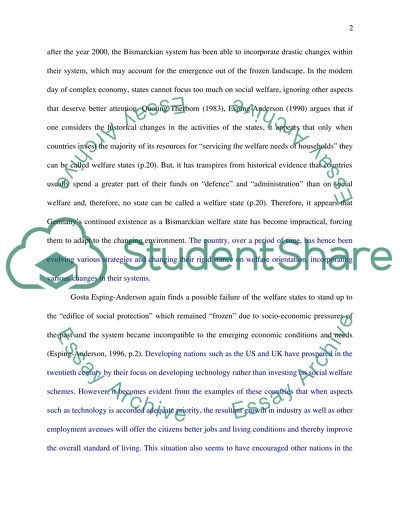Cite this document
(“Is it fair to suggest that the German state is a 'frozen landscape Essay”, n.d.)
Is it fair to suggest that the German state is a 'frozen landscape Essay. Retrieved from https://studentshare.org/history/1478141-is-it-fair-to-suggest-that-the-german-state-is-a
Is it fair to suggest that the German state is a 'frozen landscape Essay. Retrieved from https://studentshare.org/history/1478141-is-it-fair-to-suggest-that-the-german-state-is-a
(Is It Fair to Suggest That the German State Is a 'Frozen Landscape Essay)
Is It Fair to Suggest That the German State Is a 'Frozen Landscape Essay. https://studentshare.org/history/1478141-is-it-fair-to-suggest-that-the-german-state-is-a.
Is It Fair to Suggest That the German State Is a 'Frozen Landscape Essay. https://studentshare.org/history/1478141-is-it-fair-to-suggest-that-the-german-state-is-a.
“Is It Fair to Suggest That the German State Is a 'Frozen Landscape Essay”, n.d. https://studentshare.org/history/1478141-is-it-fair-to-suggest-that-the-german-state-is-a.


